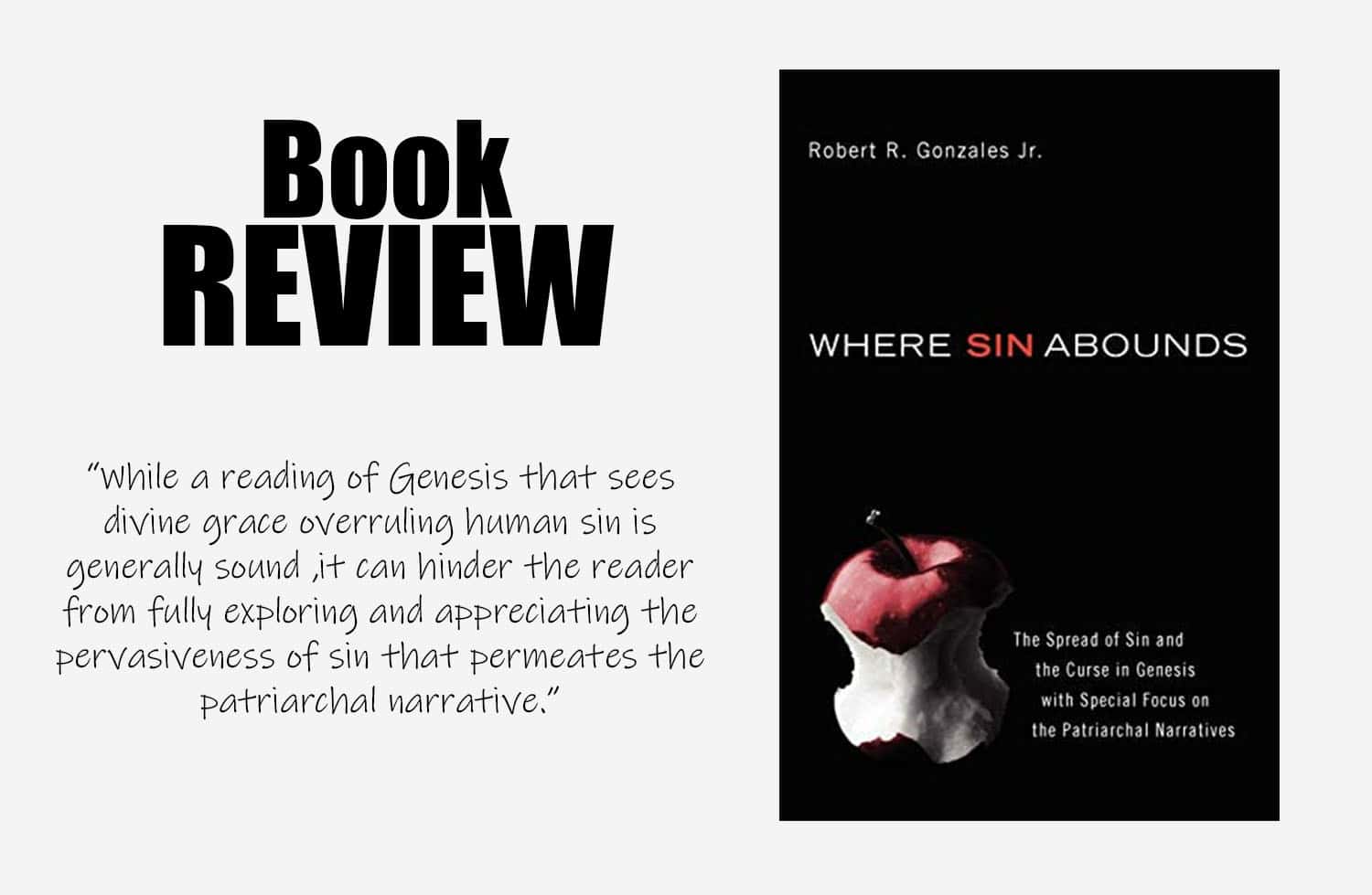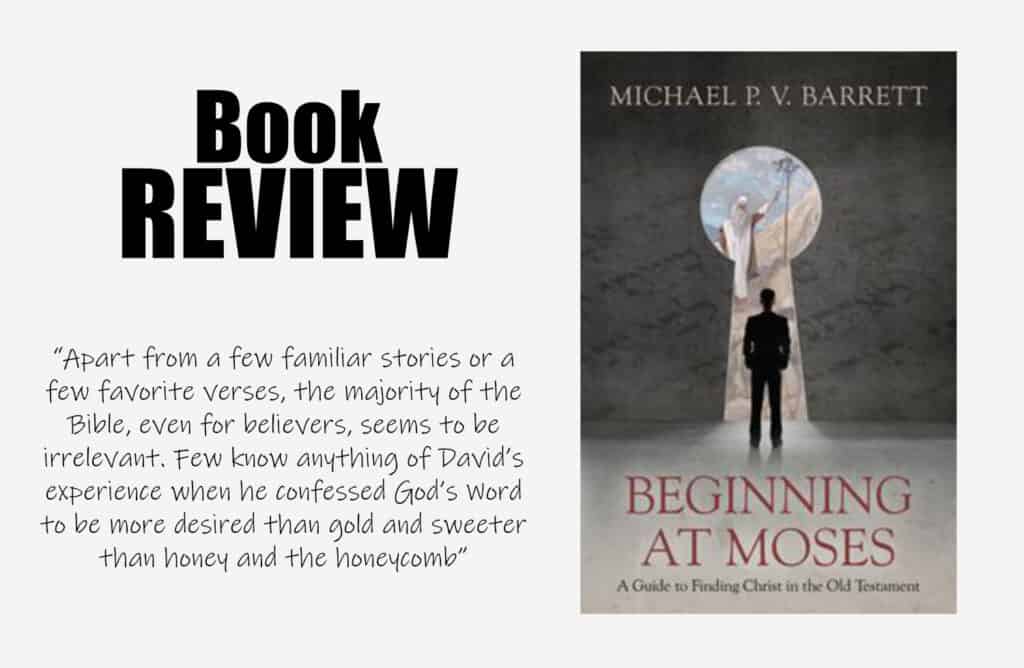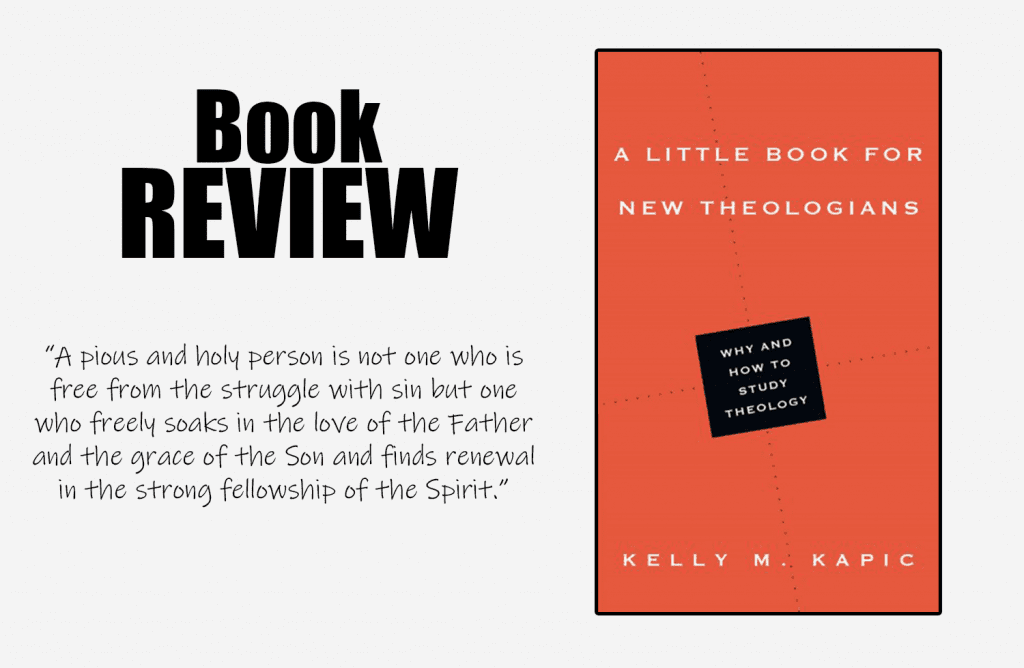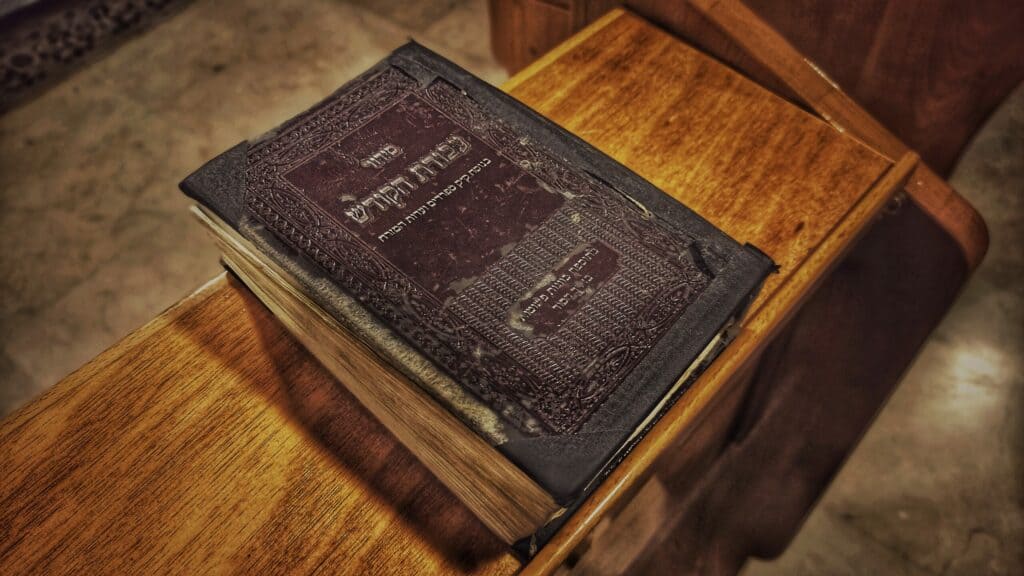A Review of Where Sin Abounds: The Spread of Sin and the Curse in the Book of Genesis with Special Focus on the Patriarchal Narratives
Introduction
Where Sin Abounds: The Spread of Sin and the Curse in the Book of Genesis with Special Focus on the Patriarchal Narratives was written by Robert Gonzales and was published in 2009 by Wipf & Stock. This book aims to show the reader the proper view of the spread of sin through the patriarchal narrative. Gonzales is the dean and a professor at Reformed Baptist Seminary. His professorship over the Old Testament classes at the school and his library of written works make him well-suited to teach the topic of sin in the Old Testament.
Summary
This book aims to “…meet the need for a comprehensive and detailed exegetical and theological analysis of the spread of human sin in the patriarchal narrative of Genesis” (13). Gonzales aims to show that the effects and reality of sin exist and enlarge through the passage of time and the generations proceeding from Adam. The book is divided into three parts focusing on sin and the curse: first in the fall narrative, second in the primeval narrative, and last in the patriarchal narrative. The last of which is the primary focus and content of the book.
As an introduction to the work, Gonzales makes several opening remarks that set the stage for the following chapters. First, Gonzales writes that the book of Genesis is to be viewed as a whole and that the lessons developed in the opening chapters of Genesis are foundations on which the rest of the book builds. Second, the author of Hebrews says that the purpose of the Old Testament (including the whole of Genesis) is to reveal sin (Romans 3:10-20). Third, although the New Testament does speak highly of many Old Testament saints, they are always viewed in the context of sinners who were saved by grace. Lastly, Gonzales states that “…careful exegetical and theological analysis reveals an equal if not greater emphasis on the pervasiveness of human sin in the patriarchal narrative than that found in the primeval narrative” (7-8).
The book’s first part focuses on the beginnings of sin and the curse in Genesis 3. The record of the fall narrative must first be established so the origins of sin can be understood. Gonzales addresses the reality of the serpent being a deceiver capable of receiving judgment, not just etiological or moralistic (24). He then addresses the fall itself with eve being tempted and both her and Adam falling into sin. The root of human sin is explained to be of hubris and pride (36).
Lastly, Gonzales speaks about the consequences of the fall itself. He talks about how God first inquired into the situation in the garden, and Adam and Eve’s first response is that of fear. Adam and Eve then shift the blame for their actions with Gonzales noting, “The reader must concede that the charge of blameshifting is grammatically and syntactically justifiable.93 Nevertheless, he should also note that Adam’s and Eve’s respective explanations are factual: the events are retold as they actually transpired” (42). God then judges the pair of sinners as well as the serpent. The serpent is punished in both a physical and eschatological way. In contrast, humans are punished with the withdrawal of God’s unqualified blessing and a curse upon the filling and subduing of the earth. (48)
In part 2, Gonzales focuses on Genesis 4 through 11. The first effects of sin are seen in Cain’s lack of devotion to God, which leads to the murder of Abel. This event is where the author displays sin taking its root in humanity (64). Cains’s response to God was not repentance, but rebellion, choosing to ignore God’s decree and create a kingdom of his own. Lamech enters the scene, and sin’s effect is shown to have progressed further, with him choosing to marry multiple wives and take pride in murder beyond that of Cain. Seth’s line is shown to be under the effect of sin as well, with the line “and he died” being a constant reminder of their fallen state.
Gonzales concludes part 2 by focusing on the flood narrative. Most poignantly, the spread of sin is shown in God’s statement that He had regretted making man and that every inclination and thought of man was always evil. Sin had spread so broadly and deeply that there was no turning back, and the only proper response was a judgment through a flood. The flood came, and though Noah was a righteous man, sin was still rooted in both his nature and the nature of his sons. Noah abuses God’s gifts by getting drunk. Ham showed “…contempt for…his father’s religion and his father’s God.” (85). As Ham was punished and settles further from God, the tower of Babel was being built. God sees man’s sinfulness as clear and consuming as ever, resulting in language confusion and people’s dispersal (88).
In part 3 of the book, Gonzales begins his exegesis of chapters 12-50 in Genesis. The first generation consists of Abraham, Sarah, and Lot. Abraham failed to listen to God fully and fell short of settling in Canaan (109). He also fails in his husbandly duties by twice giving up Sarah out of selfishness and self-concern (116). Sarah lacks trust in God and tries to force the fulfillment of his promise through their servant Hagar. This act is an example of Abraham and Sarah violating the marriage covenant. Hagar is also an Egyptian outside God’s covenant people (130).
Lot is shown to be selfish and greedy toward the riches he and Abraham had obtained, becomes a dweller in a city of sin, and though he is given the opportunity to leave, stays there. Lot’s sin is further shown by his willingness to sacrifice his daughters to men who wanted to rape them. When warned of a coming judgment, he chooses to linger in the city, showing that he has become accustomed to and attached to the sinful culture of Sodom (123). Lot’s story culminates in the sin of his daughters, who have sex with their father while intoxicated, showing a lack of trust in God and the deeply sinful act of incest.
The second generation of the patriarchs, chapter 5, focuses on Isaac and Ishmael. The sin Moses focuses on in the narrative is mockery and contempt (141). Ishmael appears to demean and mock both Isaac and the promise that rests on him, showing “opposition to the promise implies that Ishmael’s “laughing” should be understood as a rejection of Isaac’s role in God’s redemptive plan.” Isaac displays his father’s sins by failing his marital duties and giving up his wife to others. Isaac’s sinfulness is shown most in his old age. Due to his love of Esau, he overlooks Esau’s sinfulness and God’s oracle to accomplish his desires rather than God’s. Isaac preferred Esau over Jacob, not due to his moral uprightness but his accomplishments (156). Rebekah, in haste, tries to force God’s plan as well, rather than patiently seeking and trusting in him; this ultimately results in her losing her relationship with both of her sons.
The third and fourth generations, chapters 6 and 7, show the continued spread of sin. Esau treats his birthright with contempt, practices polygamy, and plans to murder his brother Jacob. Jacob lives his life using his cleverness rather than seeking God. He ultimately leaves the promised land, wandering in a way similar to the Israelites after the exodus. He then favors Rachel’s children over Leah’s, leading to family contempt.
Simeon and Levi let their emotions over Dinah’s rape control them, leading to an overreaction that caused them to slay an entire city, an over-applied judgment. In a repeat event of Cain, Joseph’s brothers sought to murder him and, for all intents and purposes, did just that. Judah fails to fulfill his duties to Tamar, solicits what he believes is a prostitute, and marries outside God’s covenant people. Gonzales concludes by noting that the patriarchal line was also not exempt from the general effects of sin either. They suffered from barrenness, marital disharmony, famine, and death.
Evaluation
This book has mostly accomplished its goal of showing how sin is both active and spreads through the entirety of the patriarchal narrative. The author accomplishes this by sticking to a narrow scope and providing a great back-and-forth between his views and the views of many historical and modern opponents of his view.
The author’s teaching of the pervasiveness of sin is evident in this book and helps to build a biblical theology beyond just the book of Genesis. In showing that even the patriarchs, who have historically been lifted to a level higher than common, sinful man, still struggle with both common and egregious sin, the reader is given an understanding of the reality of his depravity. Understanding man’s depravity makes God’s glory shine even brighter against its backdrop.
Though it was not the author’s intent to focus on the primeval sin narrative, his exegetical handling of chapter 3, particularly, was a highlight of the book. This foundational chapter accomplishes its goal of setting the stage for the rest of the book. Gonzales’ exegesis of these chapters was both eye-opening and theology-shaping. This chapter by itself would be worth the time it takes to read. The author handles divisive topics well, such as the role and existence of the serpent, and keeps his focus on the task at hand, avoiding rabbit trails and tangents.
The author’s insistence on interpreting the patriarchal narrative based on the commentary and interpretation of the New Testament serves him well. While many ideas about the Old Testament exist, the New Testament is the first text that should be considered when crafting them. The New Testament views the Old Testament prophets as sinners, saved by grace, and the author uses this framework in his exegesis. This foundation allows the author to see the narrative as God would rather than how humans see it. This method takes much of the guesswork out of the exegetical analyses of the narrative.
The chapters follow a pattern that is helpful to the author making his point: a summary of the story and the particular sins of a person, the historical and opposing views, followed by his response. This pattern helped drive the author’s point home. The opposing views are presented in a positive light, with no animosity, even causing the reader to agree with them. Gonzales then follows with a sensitive and patient retort to these views that leaves the reader free to decide afterward without feeling coerced.
The book also aids in understanding the covenant thread that exists through the generations. The story of Christ is complicated, and while it may not seem, at first glance, to be best presented through a series of sins, this sin thread that the author presents does tell the story well. The sin threat clearly shows the need for Christ, the patience of God, and his working in the world to accomplish his goals. By the end of the book, the reader is left with a clear understanding of the true depravity of man and his need for Christ.
While this is an excellent book, there are a few areas where the author seems to lack input. While the book’s premise is correct, that sin is pervasive and spreads; it doesn’t seem to adequately acknowledge that these events in the lives of the patriarchs are glimpses into the lives of real people. There is room for sin to both be pervasive in the lives of the patriarchs and for them to genuinely be people who seek after God. The audience is only given a peek into a small snippet of a person’s life, and many of the stories that are told are some of the darkest in these people’s lives.
Sin is presented very well as being pervasive. Still, its progressive spreading and growth aren’t explained in a way that leaves this reader with a solid exegetical and theological foundation, though I do agree with the general premise. The author seems to imply that as the generations continue, the sins they commit get progressively worse. While this is not a direct goal of the book it feels as though it’s an underlying thread behind many of the author’s points. This leaves the audience desiring for the topic to be addressed, but that never seems to come.
Conclusion
This book accurately depicts the patriarchs in light of how the New Testament treats them. The book reminds the reader of man’s sinfulness and God’s patience and persistence. Gonzales handles opposing views well and stays on subject even though the opportunity for distracting topics is abundant. I recommend this book to anyone who struggles with lifting up the patriarchs beyond how scripture presents them.



